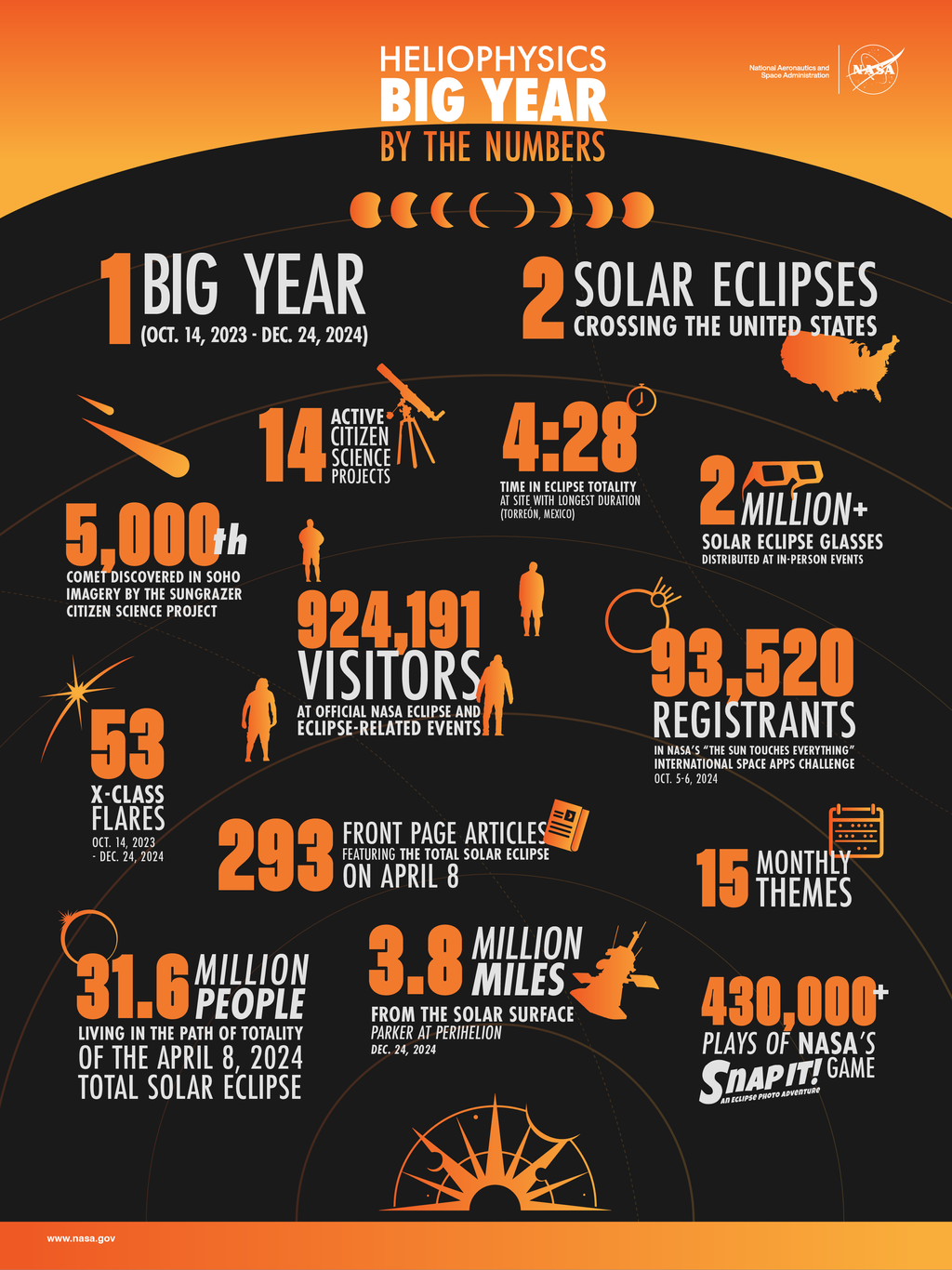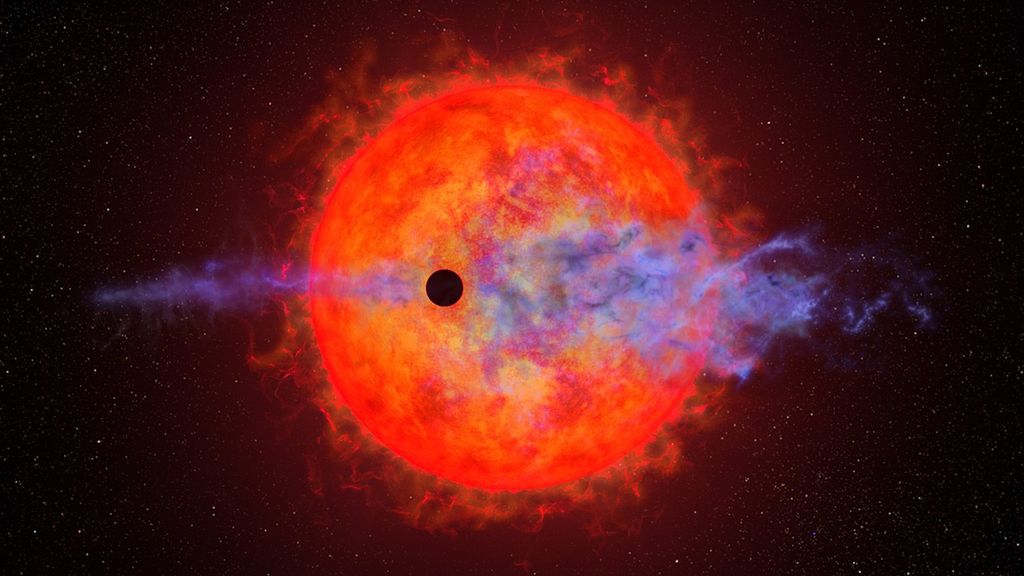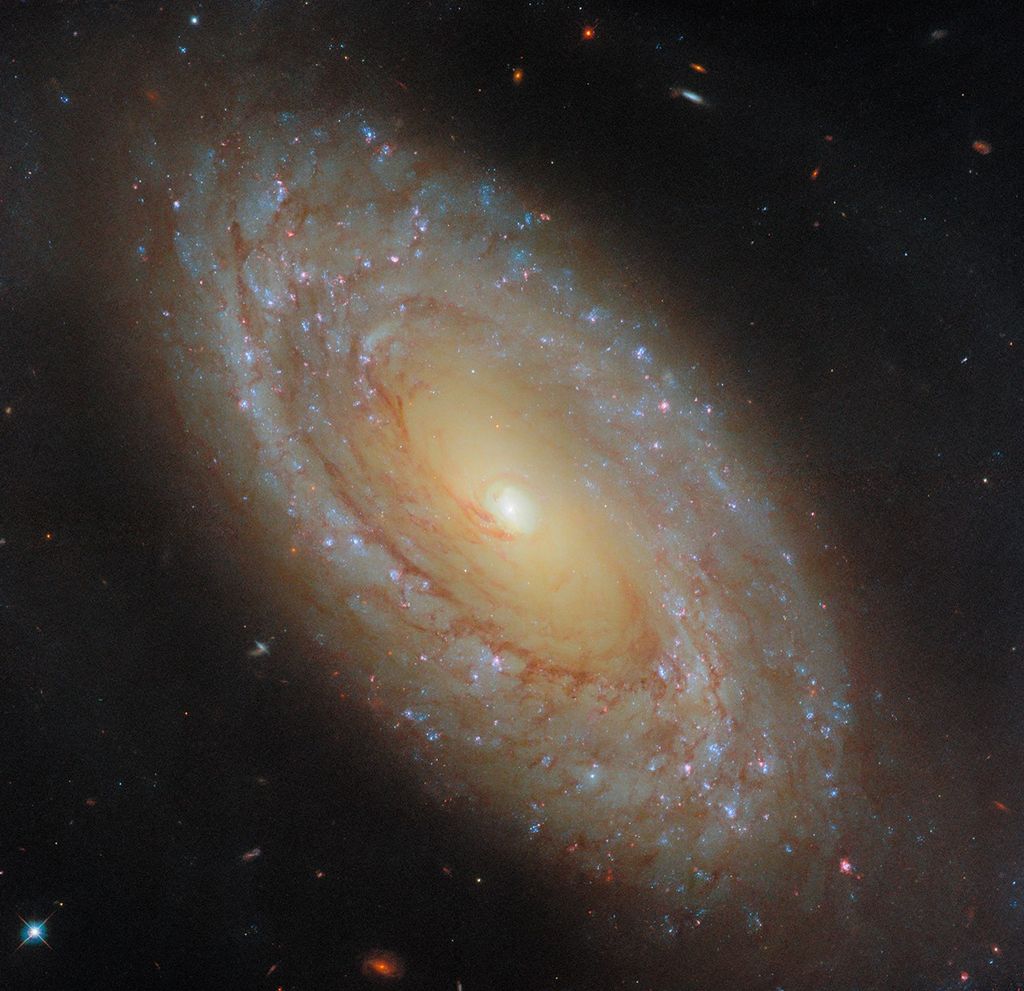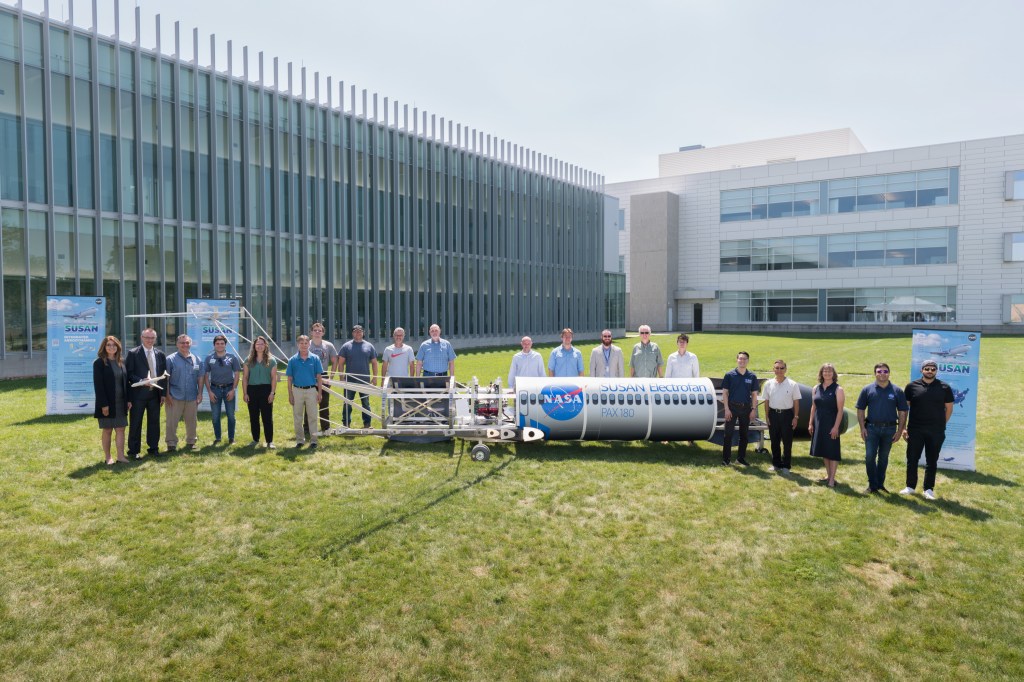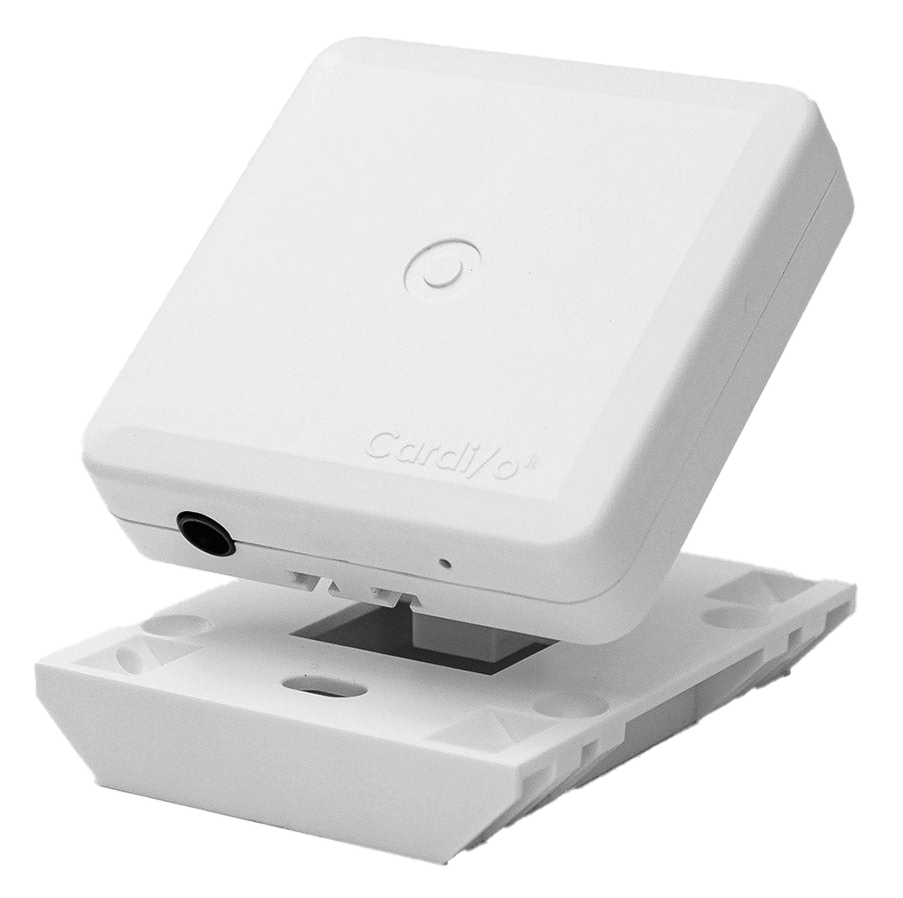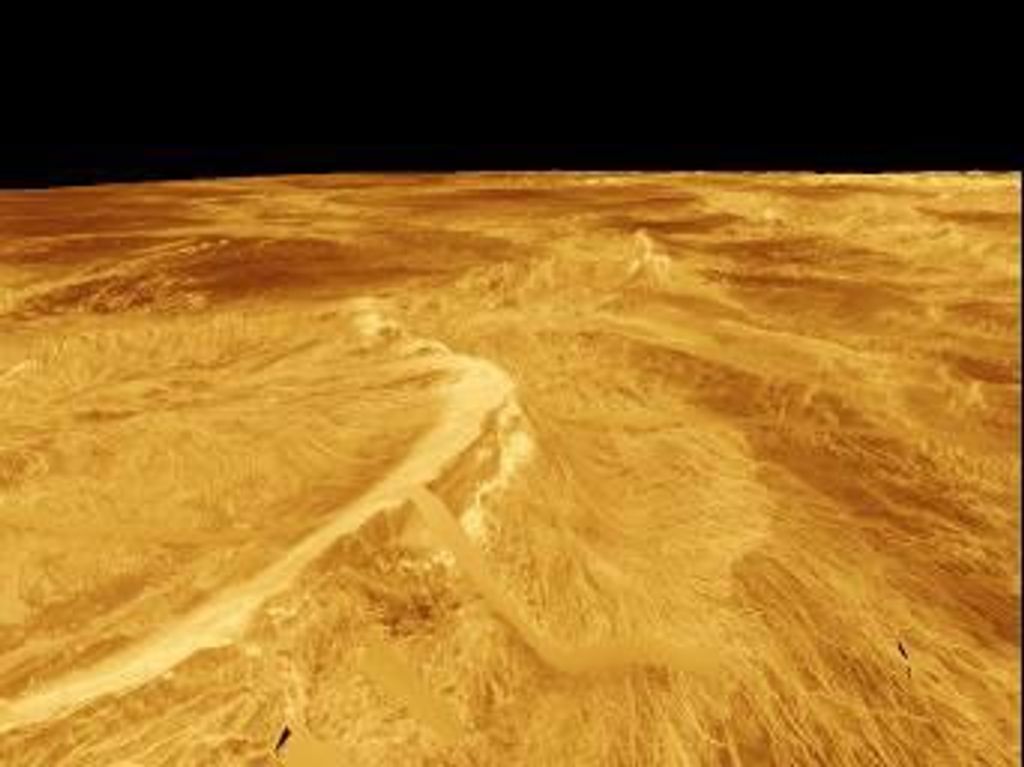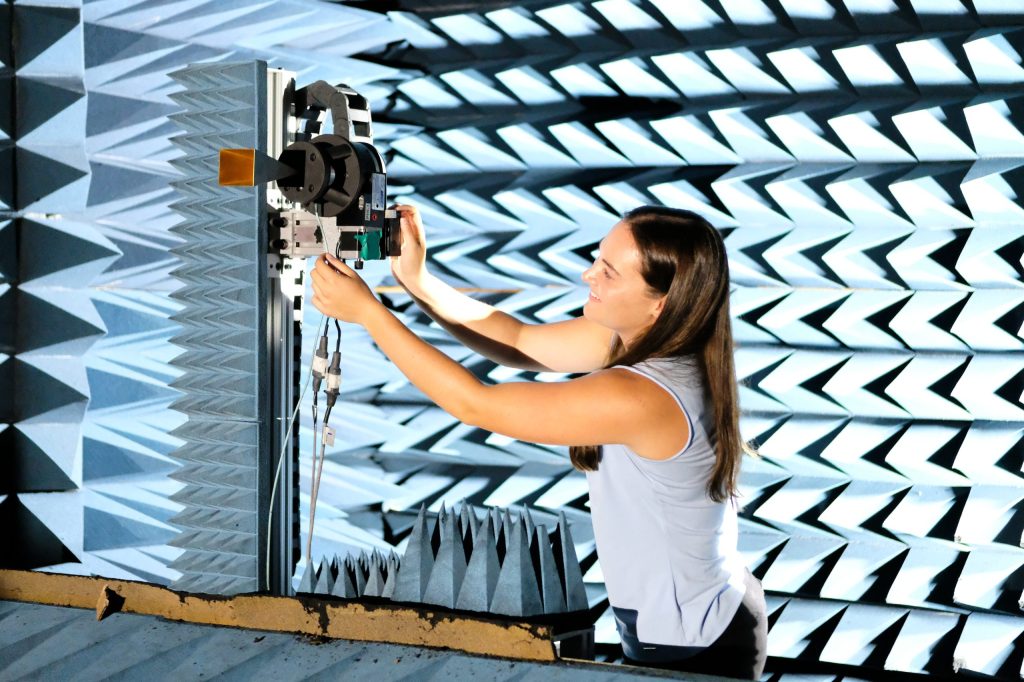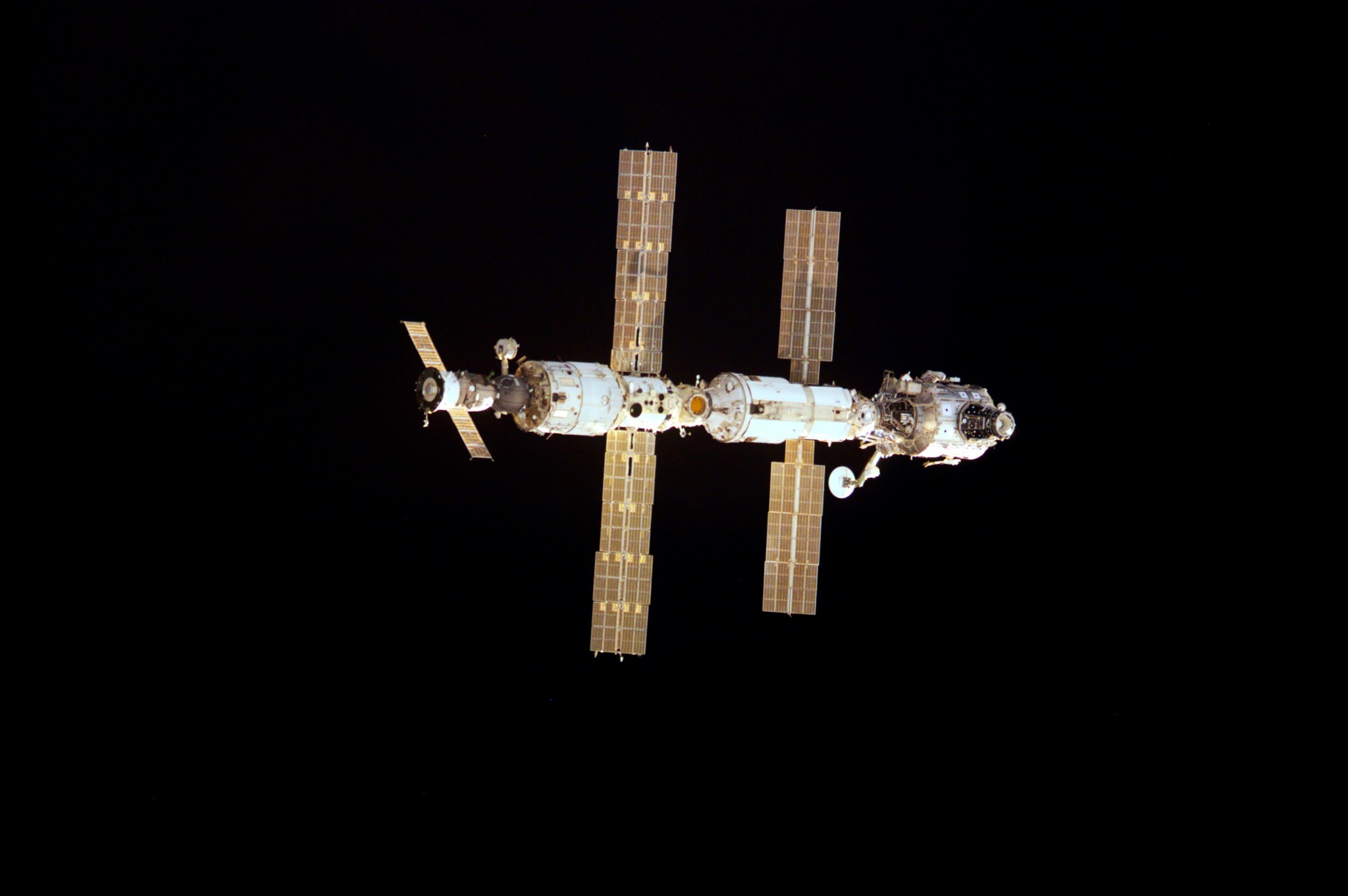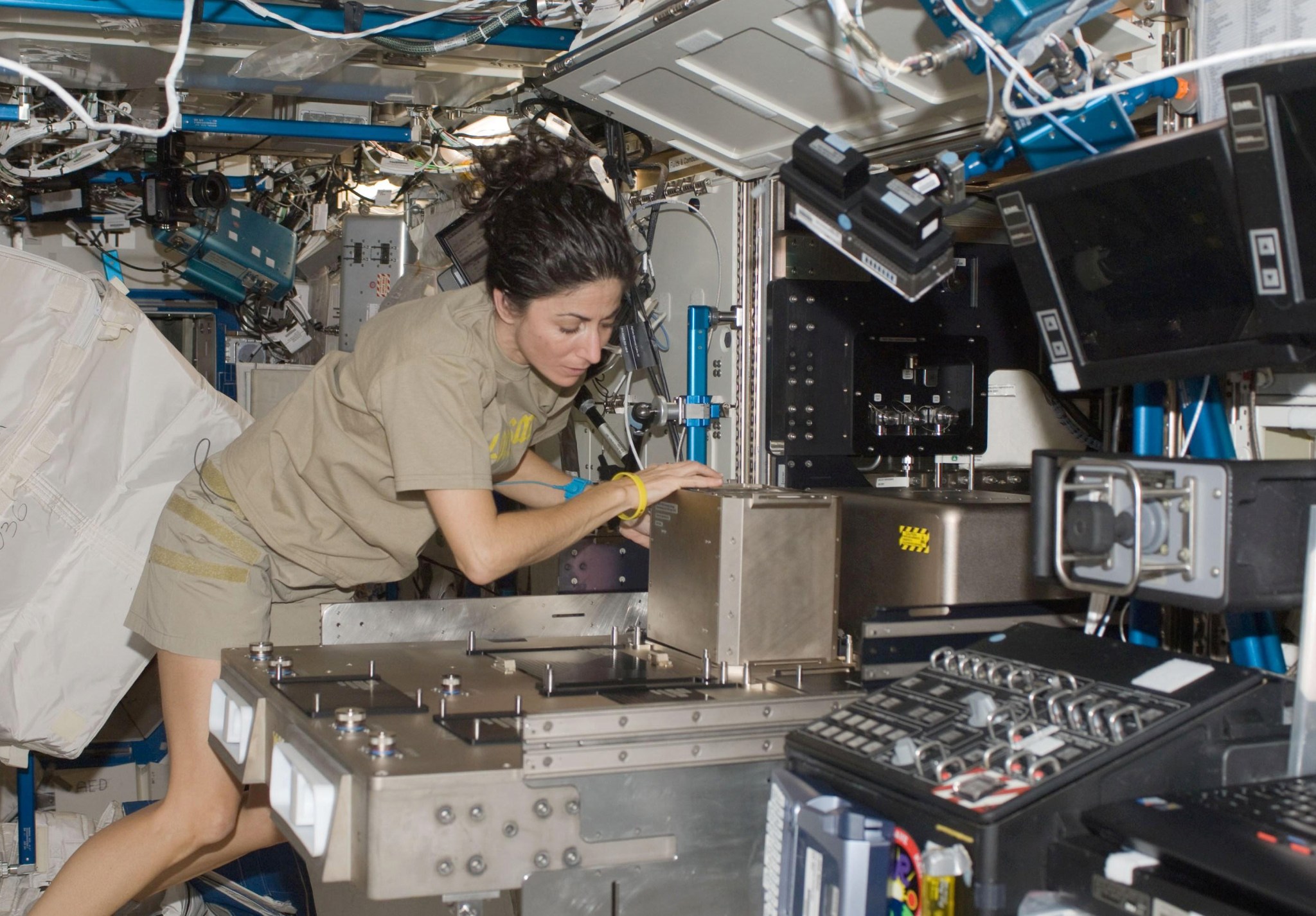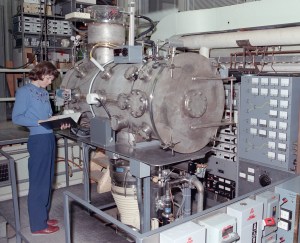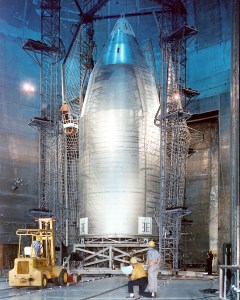On December 3 and 4, 2000, the crew of STS-97 unfurled the first permanent solar arrays on the International Space Station. The football field-sized collection of 32,800 reflective solar cells instantly made it one of the brightest objects in the night sky and the largest electrical power system (EPS) ever in space.
NASA’s Lewis Research Center (now Glenn) has played a significant role in the space station from inception until today, most notably in the development of the EPS.
The EPS is essential for maintaining the station position, operating electronics, and conducting experiments. Lewis engineers devised a startup system for the station, developed the permanent solar array or a solar mirror EPS and integrated it into various space station designs. For the next few years, they developed a system to meet the station’s ever-changing power requirements and configurations. This included design, construction, and testing of the power generation, storage, and distribution systems.
NASA Lewis also developed cathodes for the plasma contactor that prevented electrical charge buildups and nickel-hydrogen batteries that stored electrical energy for use during the eclipse period of orbit. The operation and deployment of station’s radiator panels were verified in the Space Power Facility, and its electronics were tested at the Power Systems Facility.
Lewis led the agency’s cooperative efforts with the Russians for several years. Center launch vehicle experts helped evaluate the Russian Soyuz spacecraft as a rescue vehicle.
President Clinton ordered an overhaul of the station design in early 1993 and Lewis experts served on the team that reconfigured the design. They also determined that the space station’s orbital inclination had to be altered to accommodate Russian launch vehicles.
Construction of station began in 1999, and on November 2, 2000 NASA’s William Shepherd and cosmonauts Sergei Krikalev and Yuri Gidzenko initiated a 20-year period of uninterrupted human presence on the orbiting laboratory.
NASA Glenn contributions to the space station have been many. The Fluids and Combustion Facility, consisting of two modular, reconfigurable racks has furthered research on physical and biological experiments. The Combustion Integration Rack continues to be critical in fire safety research. The Fluids Integration Rack enables investigators to integrate or configure components of their experiments similar to those in ground laboratories.
NASA Glenn also introduced a new treadmill harness design for crewmembers for comfort and loading during treadmill exercise in space.
In 2010, the Space Communications and Navigation testbed was launched and installed aboard station to serve as a software-defined radio communication system able to work around unexpected hardware or system failures. The technology has evolved into a successful commercial product line for global aircraft tracking on the Iridium satellite network.
Glenn remains active in station operations by continually monitoring the power system and maintaining the overall health of the astronauts. And we are developing electric propulsion technologies –solar and nuclear–to help government and commercial customers extend the space station’s life and enhance opportunities for exploration in low-earth orbit and beyond.
Robert S. Arrighi
NASA Glenn Research Center
A longer version of this article appears in NASA History News & Notes, Volume 38, Number 1, First Quarter 2021.



